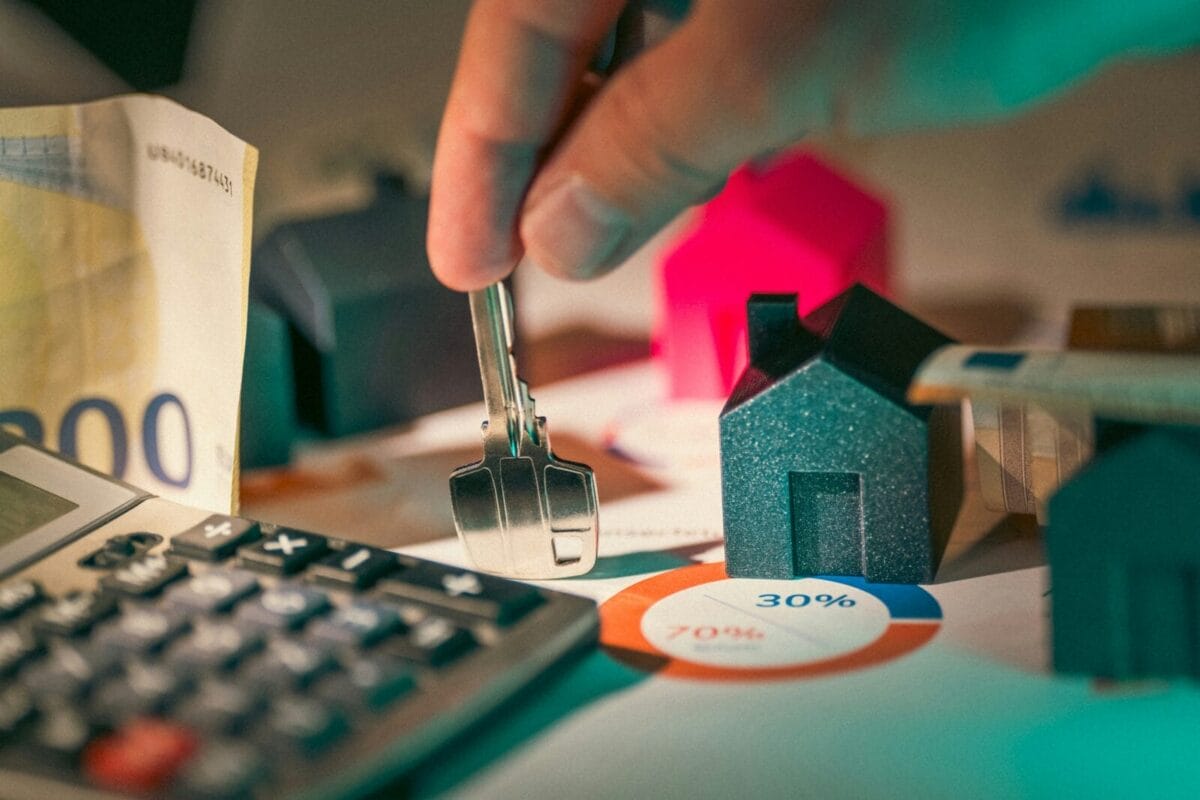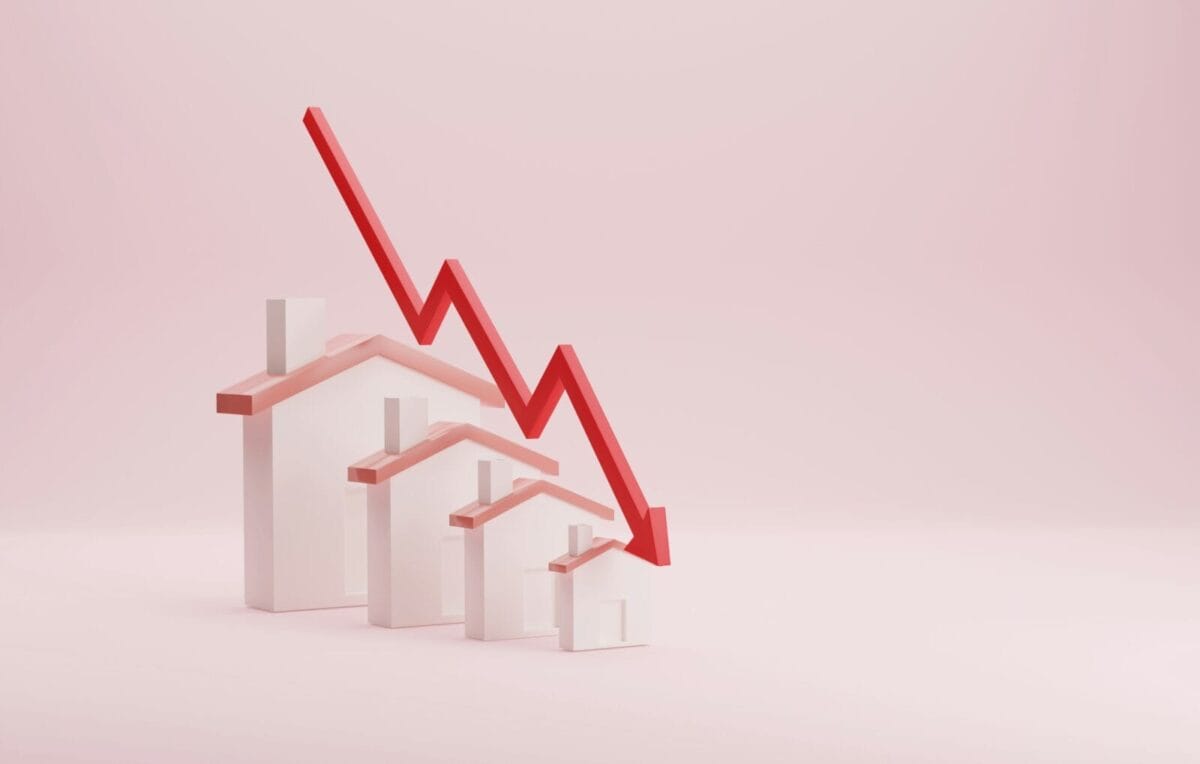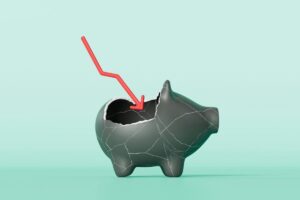Mortgage rates have started to creep up again despite a recent cut in the Bank of England’s base rate, as rising swap rates and lender repricing push fixed deals higher.
The Moneyfacts Average Mortgage Rate has inched up from 5.00% to 5.01%. Two- and five-year fixed deals have also crept higher, and several major lenders have raised selected rates by up to 0.20%.
The increases follow a base rate cut from 4.25% to 4.00% earlier this month. Instead of falling, borrowing costs have been pushed up by swap rates, which influence how lenders price fixed mortgages. Both two- and five-year swaps have climbed in recent weeks.
Analysts expect mortgage rates to ease gradually towards the end of the year, but warn that market volatility could still cause short-term rises along the way.
Adam French, Head of News at Moneyfacts, said:
“The Bank of England Base Rate may grab headlines, but there are many more rates and indices that influence the cost of borrowing. For starters banks compete with one another for customers and appearing at the top of the best buy charts is a great way of doing that, but once commercial targets have been reached, they may pull back for a time.
“Another major influence on the cost of fixed rate mortgages – which make up around 96% of all new mortgage approvals in the UK, according to the Bank of England, is the rates banks charge one another to lend money, known as swap rates.
“The Bank of England’s Monetary Policy Committee meet eight times a year to set the base rate, however, an estimated half a million changes to the swap rate take place over the same period. This market is valued at £350 trillion, and rates can change every second – sometimes multiple times per second. And it is this market that heavily influences how banks and building societies price their fixed rate mortgage products.
“What influences swap rates can be quite broad. For example, the two-year swap rate fell from 4.00% to 3.78% in response to the economic shock of President Trump’s ‘liberation day’ tariffs, and the average two-year fixed rate mortgage followed, dropping from 5.33% to 5.29% within days. Whereas swap rates rose in response to the latest base rate cut as inflation forecasts increased. It’s this volatility that means mortgage rates can rise even after the base rate falls.
“Looking to the end of the year borrowers can still expect mortgage costs to continue slowly sliding, but there may be occasional blips as wider economic data has an ever-greater effect on the rates lenders set.”













